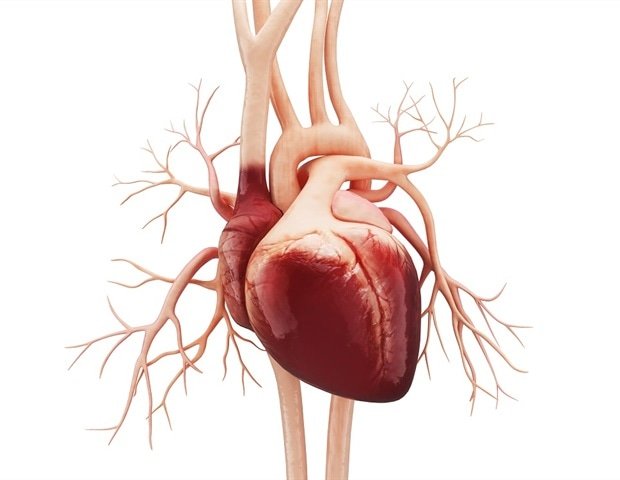2,6-DHNPs, a group of disinfection by-products (DBPs), sound the alarm for public health. These bad guys in the water world are tougher and more toxic than many other pollutants, making it difficult for standard water treatment methods to get rid of them. They pack a powerful punch, being significantly more harmful to marine life and cells than similar pollutants. 2,6-DHNPs are found everywhere in places like our sewage, swimming pools and drinking taps, signaling the urgent need for better ways to clean our water and keep us safe.
A new study (DOI: 10.1016/j.eehl.2024.02.004), published in Ecological Environment & Health on March 4, 2024, revealed the severe cardiotoxic effects that 2,6-DHNPs have on zebrafish embryos, serving as a model for potential human health risks.
2,6-DHNPs, a group of DBPs resistant to traditional water purification methods such as boiling and filtration. These DBPs pose a significant risk, presenting a toxicity level 248 times higher than the known regulated DBP, dichloroacetic acid, to zebrafish embryos. Using zebrafish as a biological model due to their genetic similarity to humans, the study scrutinized how these emerging pollutants wreak havoc on heart health. Zebrafish fetuses exposed to 2,6-DHNP suffered severe cardiac damage characterized by increased production of harmful reactive oxygen species, cell death (apoptosis), and impaired cardiac development.
The study revealed that 2,6-DCNP and 2,6-DBNP, two types of DBPs, exhibited significant resistance to removal in drinking water treatment facilities. Boiling and filtration were found to be the most effective household water treatment methods, reducing 2,6-DCNP and 2,6-DBNP levels by 47% and 52%, respectively. Exposure to 2,6-DHNPs induced heart failure in zebrafish embryos through increased production of harmful reactive oxygen species (ROS) and delayed heart development. In particular, the antioxidant N-acetyl-L-cysteine was able to moderate the cardiotoxic effects caused by 2,6-DHNPs.
Dr Hongjie Sun, lead researcher on the study, said: “The cardiotoxic potential of 2,6-DHNPs at low concentrations significantly challenges our current understanding of water safety and highlights the need for urgent re-evaluation of drinking water treatment methods. “
Dr. Peng Gao, the corresponding author, added, “Our findings highlight the importance of evaluating the health effects of disinfection byproducts that may be generated during water treatment and are resistant to household treatment. We need to prioritize the development of advanced water purification technologies for the effective elimination of those concerning pollutants and the protection of public health.
This research highlights a critical environmental and public health issue: contaminants that survive water treatment processes can lead to serious health effects in exposed organisms, implying the potential public health risks that these persistent water borne chemicals.
Source:
Journal Reference:
Sun, H., et al. (2024). Dehalogenated nitrophenols in drinking water: Prevalence, resistance to domestic treatment, and cardiotoxic effect in the zebrafish embryo. Ecological Environment & Health. doi.org/10.1016/j.eehl.2024.02.004
